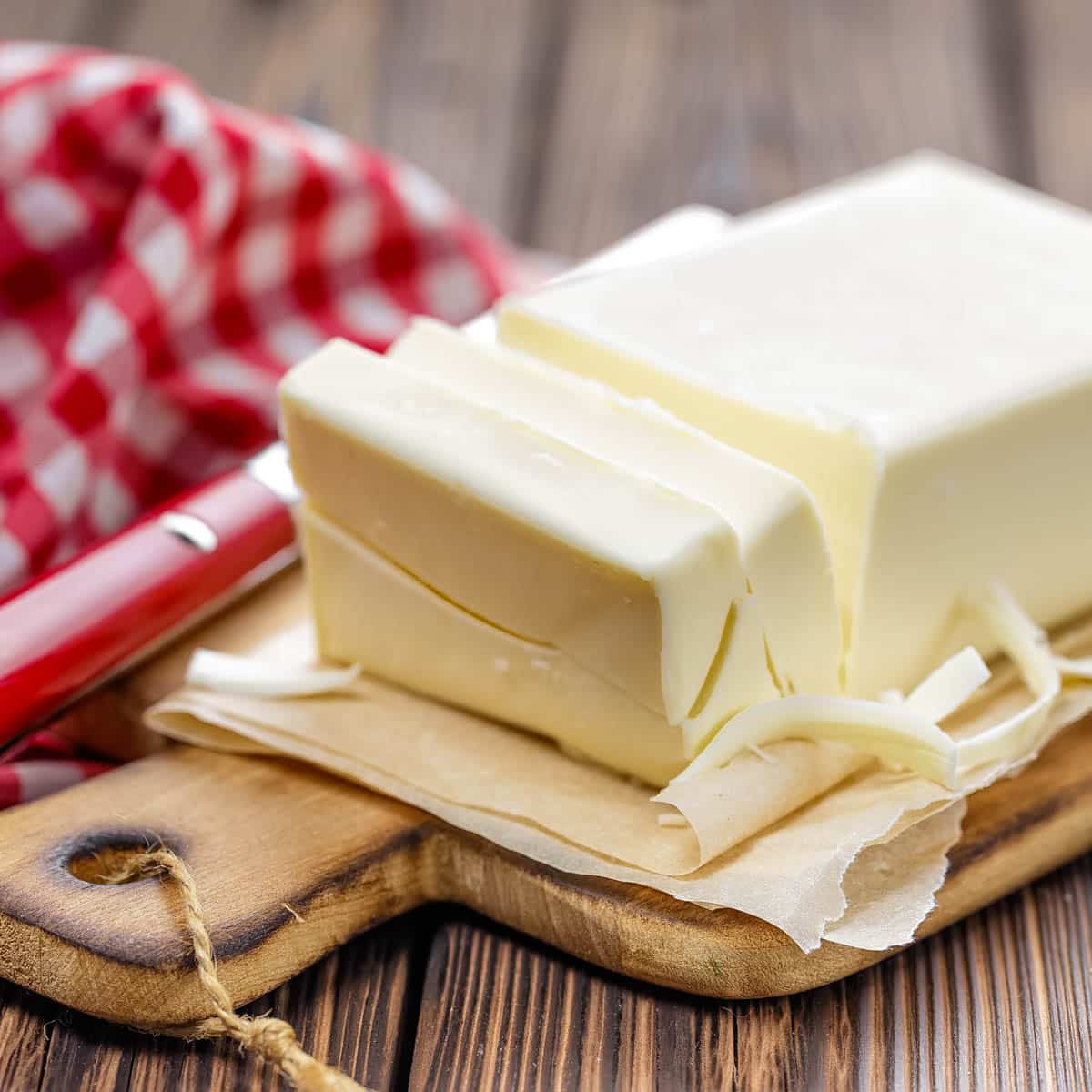Can You Freeze Butter
Let’s talk about a common question we often face: Can you freeze butter? The answer, quite simply, is yes!
But, as always, there are best practices to follow and things to consider, such as what type of butter you have, how to store it, and how freezing can affect the taste and texture.

Yes, you can safely freeze butter to extend its shelf life up to a year. The best way to freeze butter is in its original packaging or a freezer bag, in usable portions. Thaw it in the refrigerator when ready to use. Although freezing may slightly alter the texture, the taste usually remains largely unchanged.
Why Would You Want to Freeze Butter?
Perhaps you’ve found a fantastic sale and bought more butter than you can use. Maybe you’re going on a vacation and don’t want to return to spoiled butter.
Or you might just want to be prepared for that unexpected baking spree or lavish dinner party. Whatever the reason, freezing butter can be a practical and efficient way to preserve your dairy delight for future use.
Extend Its Shelf Life
Butter, despite being a fat, does not last forever in the fridge. It can pick up fridge odors over time and might even spoil. Freezing extends its shelf life significantly, allowing you to keep butter on hand for months or even up to a year according to the USDA.
Maintain Its Flavor
Freezing butter can help maintain its rich, creamy flavor, especially if you use unsalted or organic types that tend to go rancid quicker than their salted or non-organic counterparts.
Types of Butter You Can Freeze
Now, you might be wondering, “Can I freeze all types of butter?” Well, almost all of them. Here’s a quick list:
- Salted butter
- Unsalted butter
- Organic butter
- Whipped butter
- Flavored butter (like garlic or herb butter)
The only type of butter not recommended for freezing is margarine, due to its high water content, which can lead to textural changes after thawing.
How to Freeze Butter Properly
When it comes to freezing butter, there are some tips and tricks to ensure the best results.
Packaging is Key
Before freezing, ensure your butter is properly wrapped and sealed. This can be in its original packaging if unopened, or in a freezer bag, or wrapped in aluminum foil if it’s an opened stick of butter.
Good packaging protects butter from freezer burn and unwanted odors.
Portion Before Freezing
If you bought butter in bulk, consider dividing it into smaller, usable portions before freezing. That way, you only defrost what you need, minimizing waste and maintaining the quality of the remaining frozen butter.
Labeling it is also important as you don’t want to eat expired butter.
Here’s a helpful table to guide you through the freezing process:
| Steps | Instructions |
|---|---|
| Step 1 | Leave the butter in its original packaging if unopened |
| Step 2 | For opened butter, wrap it tightly in aluminum foil or put it in a freezer bag |
| Step 3 | Divide bulk butter into usable portions |
| Step 4 | Label with the date and type of butter |
| Step 5 | Store in the back of the freezer, away from the door |
How Freezing Affects Butter’s Quality
While freezing can preserve your butter for an extended period, it can slightly alter the texture and taste of the butter. Usually, these changes are minimal and hardly noticeable, especially if you’re using butter for cooking or baking.
Texture Changes
After freezing and thawing, butter might seem a bit more crumbly than its never-frozen counterpart. This is due to the small amount of water content in the butter separating and forming ice crystals.
Flavor Alteration
Butter can absorb odors, so if it isn’t properly sealed before freezing, it can take on some unwanted flavors. However, with appropriate packaging, this risk is significantly reduced.
Frequently Asked Questions About Freezing Butter
Conclusion
So, can you freeze butter? Absolutely! It’s a fantastic way to keep your butter fresh and flavorful for extended periods, ready for whenever your baking spirit or dinner recipe calls for it.
Just remember to package it properly, freeze it in usable portions, and defrost it safely. Although there might be slight changes in texture and flavor, they’re often negligible, especially when used in cooked dishes or baked goods.
So, the next time you find yourself with more butter than you know what to do with, remember: the freezer is your friend!

How to freeze butter
Equipment
- Freezer-safe bags or containers
- Heavy-duty aluminum foil
Ingredients
- Butter
Instructions
- If the butter is unopened, you can freeze it in its original packaging.
- For opened butter or bulk quantities, divide it into usable portions.
- Wrap each portion tightly in heavy-duty aluminum foil, or place it in a freezer-safe bag, removing as much air as possible.
- Label each portion with the date and type of butter.
- Place the butter in the back of the freezer, away from the door to maintain a consistent temperature.
- Use within six to nine months for optimal flavor, though it can be safely stored for up to a year.

Online Cooking for Beginners Course